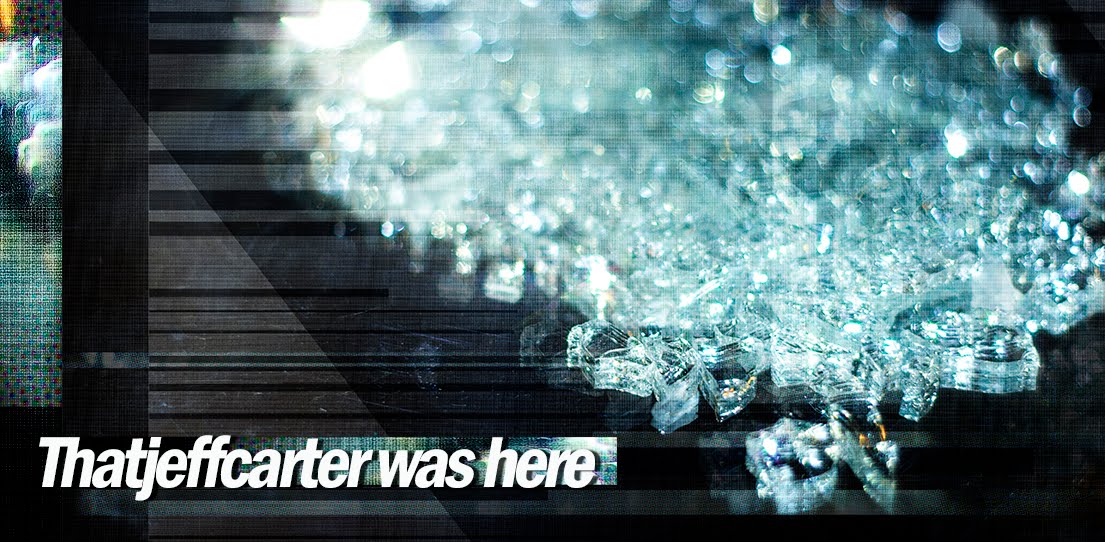he's a ghost, he's a guru
- Nick Cave & the Bad Seeds – “Red Right Hand”
The Sanskrit word Guru refers to one who brings light out of darkness. The guru - or teacher - is an illuminator, a light bringer, a guide. Hopefully.
We know, however, that not all religious leaders are good. Many gurus have exploited and manipulated their followers for money and for sex, leading them into financial ruin, mental anguish, physical pain, and in too many tragic cases - even death.
I found this book at the public library (thank you inter-library loan system!) and read it because of my recent interest in Scientology and its founder L. Ron Hubbard. And while LRH and his invention are not mentioned in Storr's book, there is much that those who are familiar with LRH and Scientology will recognize.
The book is brief - 254 pages and that includes the index. I wish he had either included more examples or had been more detailed about those figures he did analyse. But this is a minor complaint (and really, I know I'm just a nerd who always wants to know more...)
The first half of the book is devoted to a brief description of the life and teachings of various gurus - some (in)famous and some obscure, some deadly, and some who were truly beneficial despite their "feet of clay."
Included are Jim Jones and David Koresh - who lead their followers into suicide, the Indian guru Bhagwan Shree Rajneesh - who had a passion for collecting Rolls Royces, (He had ninety-three before his arrest and deportation from the United States and the psychologists Sigmund Freud and Carl Gustav Jung (who for all their talk of psychiatry as "science" promulgated a secular religion and promised salvation...)
Also included in this section is the guru Jesus. I must admit that I am not always objective (none of us are) and it was a little difficult at first for me to think of Jesus in the same context as Jones, Koresh, Rajneesh and the others. Though Storr's thesis - that there isn't so much a LINE between the sane and the insane as there is a spectrum or a continuum. Some who are mentally ill live functional and productive lives. Some who are thought of as sane are actually very maladjusted. "We tend to diagnose mental abnormality in the socially incompetent and overlook it or deny it both in the socially dominate and the socially unobtrusive. (page 153)"
Looking at my guru Jesus in the light shone light on others who would take up religious leadership. If the dangerous and crazy gurus like Jones and Koresh are at one end of the spectrum then Jesus is at the other. I am forced to consider where I am along this continuum. Am I closer to being a bringer of darkness than an illuminator?
The second half of the book looks at the larger issues of mental health, sanity and insanity, - and the difficult question of where to draw the line between faith and delusion. This is a topic that concerns me. Though my interest in Scientology is recent, and will in all probability diminish somewhat over time, I am continually interested in what it means to have faith.
Gurus through the years and around the world share a number of similarities, says Storr. Often they:
-are solitary or isolated as children
-are charismatic and charming
-are fluent speakers
-create a mysterious history of travel - usually in central Asia
-are elitist and anti-democratic
-endure a period of mental distress or illness which is followed by a new spiritual insight
-are paranoid and suspicious of others
-develop intricate and wildly eccentric cosmologies
But the most important characteristic of gurus - is their narcissism.
They are arrogant. And why shouldn't they be? They've received a special knowledge (either from God, the universe, or from their own diligent study) that the rest of us mere mortals could never attain. They are superior, and they know it. They will not suffer to be questioned. They will not tolerate disagreement. They will not accept correction or suggestions. Touch not the Lord's anointed!
"Whether a guru has suffered from manic-depressive illness, schizophrenia, or any other form of recognized, diagnosable mental illness is interesting but ultimately not important. It is not their thought disorders, not their delusional beliefs, not their hallucinatory visions, not their mystical states of ecstasy: it is their narcissism. (page 210)."
A religious leader (or political leader, or a leader in any field) who will not allow that he or she could be wrong is a danger to him or herself and to any who would unquestioningly follow - but that is the only way that (dangerous) gurus would have them.





No comments:
Post a Comment